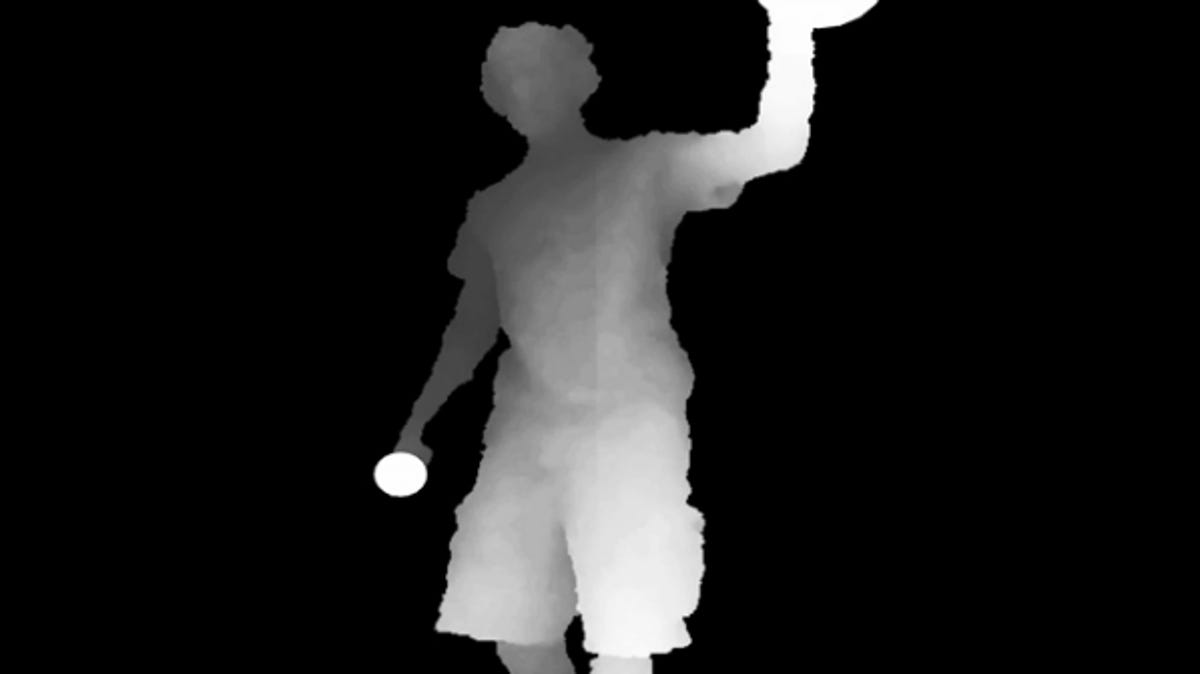Digital foreplay, virtual houseflies among Carnegie Mellon work (videos)
End-of-term projects from Golan Levin's Interactive Art and Computational Design class give us a peek at what kinds of technological mischief our future geniuses are getting up to in school.

Digital foreplay, virtual houseflies among Carnegie Mellon work (videos)
It's graduation time, which means whip-smart college students all over the world are busily consuming endless cups of coffee and staying up for days straight to get their final projects and shows together.
It also means, of course, that many such brilliant projects are being displayed for the first time.
We got an e-mail from Golan Levin, a professor of new-media arts at Carnegie Mellon University, who seems justifiably proud of the work produced by students in his advanced class this spring: "Special Topics in Interactive Art and Computational Design." The projects display an admirable diversity of interests and approaches on the part of Levin's students (and in some cases an awesome sense of humor).
They range from user interfaces that let you draw buttons and switches with a pen and then actually manipulate them, to virtual houseflies presumably designed to irritate unsuspecting victims, to sexy long-distance physical-stimulation devices (digital foreplay, anyone?).
They also give a nice sense of what's happening in school these days, and what kinds of technological mischief our future geniuses are getting into.
We've put together a "video slideshow" to showcase some of the works. Be sure to look below the screen grabs to the caption area to watch videos of the projects in action.
But first, here's Professor (and artist) Levin's brief description of the class:
"Twenty-eight students, hailing from nine academic departments, created personal research investigations into arts-engineering, freestyle computing, and expressive new media. Their projects explored experimental interfaces, information visualization, games, real-time audiovisuals, computationally generated forms, interactive robotics, body-based interactivity, physical computing, and many other topics. Spanning the range from sophomores to doctoral students, and with many different interests across art, design, and technology, the only rule was: everybody codes."
The image above is a frame from the video for "The Human Theremin" (see slide No. 3).
'My Digital Romance'
Hmmm. What do you suppose that thing could be? Well, we're not telling. You'll just have to watch the (very tastefully done) video to find out. We will give you a hint though. Designer Zack Jacobson-Weaver has this to say about it on the project page:
"The physical device is connected to remote computer over Wi-Fi. The computer has an application that operates the physical device. Until the device is touched, the application doesn't have any control. Once it is activated, keystrokes [entered by the distant human operator] accumulate to erect it. Once erect, the device can measure how quickly or aggressively it’s being used [by the other person] and it updates the application graphic, changing it from a cooler to a hotter red. If the color indicates aggressive use, the [distant] operator may choose to increase the intensity with a series of vibrations."
That's enough of a clue for now. We noticed you were getting a hotter red. For more details, check out the project page -- it's a good, thoughtful, nonsleazy read (sample: "The interesting question is, 'Are we ready for technology to replace even our most meaningful relationships?'").
'The Human Theremin'
As you'll see (and hear) in the video, Duncan Boehle and Nick Inzucchi's "Human Theremin" is an installation -- powered by Microsoft's Kinect technology -- that detects a participant's hand movements and uses them to create an awesome 3D soundscape. (You can dip into the technical details on the project page.)
We heartily recommend putting on your headphones before watching (and listening to) the vid -- jump to 1:07 if you want to go straight to the demo. (And don't worry, no badgers were killed in the making of this project.)
'Housefly'
No, that's not a picture of an insect's compound eye. But you were kinda close. It's -- as designer Craig Fahner puts it -- "a highly directional 'sonic spotlight' on a pan-tilt mount that creates an auditory hallucination." In other words, it's his project "Housefly." And -- Fahner's technical ingenuity aside -- it's definitely good for a smile. We can't wait for the handheld version.
'SketchSynth'
This one conjures up our childhood dream of being Harold with his purple crayon (a dream that still lingers). Designer Billy Keyes' SketchSynth lets you draw your own controls and then use them to control anything that can receive Open Sound Control (OSC) messages. In the video, Keyes controls a synthesizer.
On the project page, Keyes puts SketchSynth into a nutshell like so:
"A standard webcam looks down at the paper and detects both controls and hands. To prevent confusion, there are two modes: EDIT and PLAY. The system basically does nothing in EDIT mode, allowing you to draw controls. When you switch to PLAY mode, the controls are detected. From then on, you can interact with any detected controls."
'Snap'
We've seen glasses with embedded cameras, and cameras that let you frame shots with your fingers. But we're not sure we've seen anything quite like Kaushal Agrawal's "Snap." It combines these two things and lets you take pictures with a one-handed gesture in conjunction with a camera mounted on spectacles. Software provides the fourth corner of the rectangular frame -- two sides of which you've already created with your thumb and index finger.
You can check out the technical details on the project page. And if you stick with the video long enough, it'll make your head spin (and your respect for Agrawal soar) with the project's seeming complexity. Keep in mind, btw, that while the glasses in the video look a little clumsy, they're only a (functioning) prototype.
For more projects from Golan Levin's Interactive Art and Computational Design class at Carnegie Mellon, go here.

